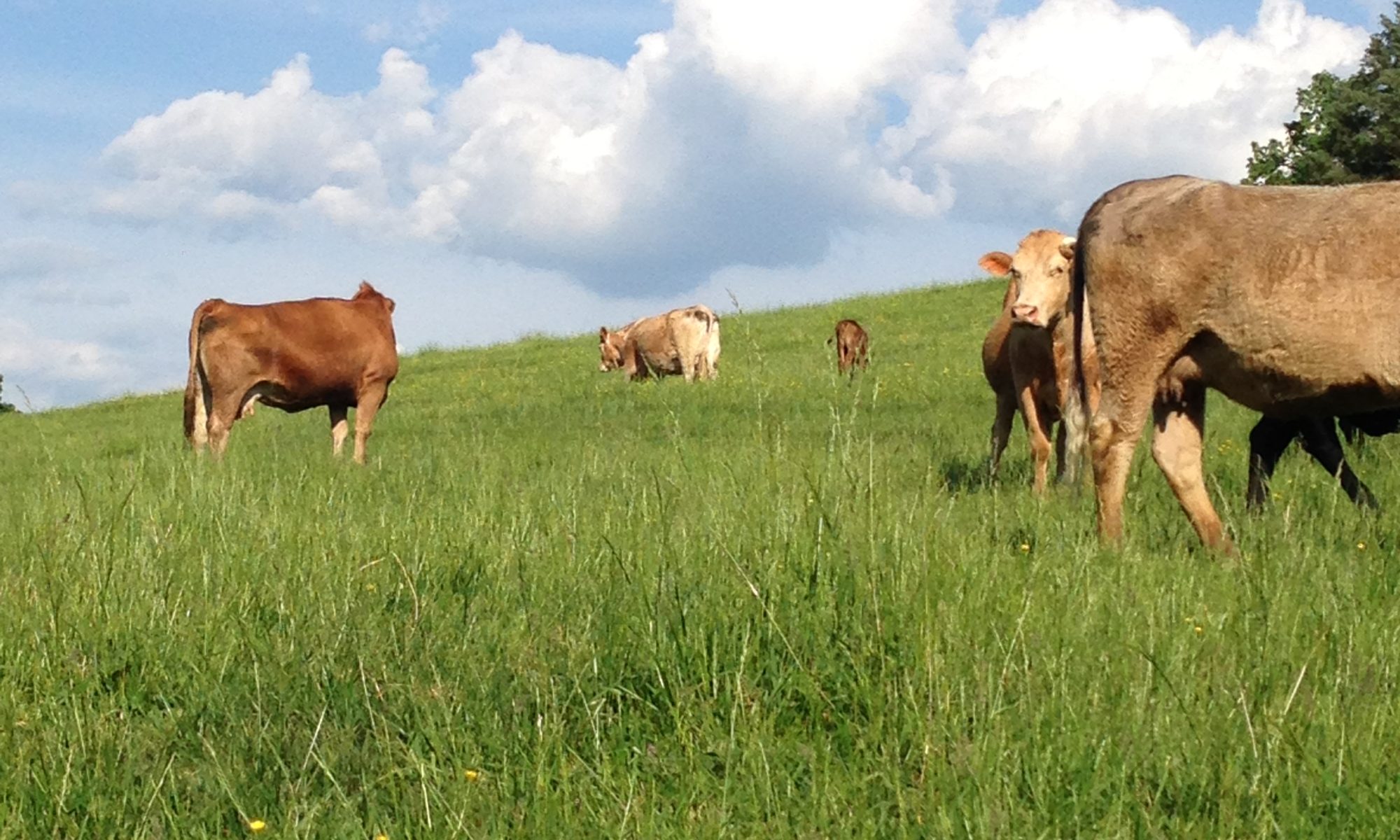

Dr. Gary Bates
Director and Professor
UT Beef & Forage Center
P: 865-974-7324
I would expect that most everyone reading this article has tall fescue on their farm. This grass has provided the forage for cattle in Tennessee and the southeast for the last 50-60 years. It has a reputation for being a very persistent, productive species that thrives well in our environment. In the early 1980’s it was discovered that Kentucky 31 tall fescue was infected with a fungal endophyte. This endophyte produces alkaloids that reduce weight gain, rebreeding, heat tolerances, as well as several other aspects of cattle production. Immediately there began a search for solutions to this issue.
It was discovered that, unlike most fungi that spread by spores, this fungus didn’t produce spores, but spread through the seed. There was a push to plant varieties of tall fescue that didn’t contain this endophyte. Since the endophyte would only spread through the seed of other infected plants, it was possible to plant a field and keep it endophyte-free. At least theoretically. It was soon recognized that this endophyte had an effect on plant performance as well as animal performance. When the endophyte was present in the plant, it was more drought, insect, and disease tolerant, resulting in a more persistent plant. Take the endophyte out, and the plants did not survive as long, particularly in a grazed pasture.
For many years producers in the region have used KY 31 infected tall fescue, knowing that there would be reduced animal performance. The persistence advantage of the infected plants was so valuable that many producers chose to live with the reduced animal performance. The focus of tall fescue management became how to reduce the impact of the endophyte. That is how the recommendations of planting clovers, clipping seedheads, and proper grazing management became so important. All of these help reduce the level of fescue toxicosis in grazing cattle.
Over the last decade or so, there have been new developments in the battle with fescue toxicosis. Because of the importance of the endophyte in plant persistence, many companies have found endophytes that produce the chemicals that improve plant persistence, but do not produce the chemicals responsible for reduced animal performance. These varieties are collectively known a novel endophyte infected tall fescue varieties.
Many producers have been hesitant to use these new varieties. Some because they don’t know about them, but some due to the cost of seed, the process of re-establishment, or some just simply because of confusion about how they fit into their cattle operation. After many research trials conducted over several years, one thing is clear. The novel endophyte tall fescue varieties offer an opportunity to solve a problem that has plagued producers for many years.
If you are interested in learning more about this technology, a tall fescue symposium will be held at the Middle TN Research and Education Center in Spring Hill, Tennessee on March 23, 2021. We are inviting experts from around the region, as well as the Alliance for Grassland Renewal, to help us teach about where this technology fits in cattle operations, how to establish these varieties, and how to manage them for best performance and longevity. Registration for this meeting will begin at 8:15 am CT and runs until about 4 pm. The cost will be $65 if you register before March 10. We only have room for 50 people at this symposium, so space is limited. If you are interested in registering, you can find more info at UTBeef.com. You can also contact me (gbates@utk.edu).
We hope you make plans to attend this conference. It will be an excellent opportunity to learn if this new technology has a place in your operation. Even if you don’t plan on using them, it will be a good chance to learn more about fescue toxicosis and the methods you can use to reduce or eliminate problems on your farm.
